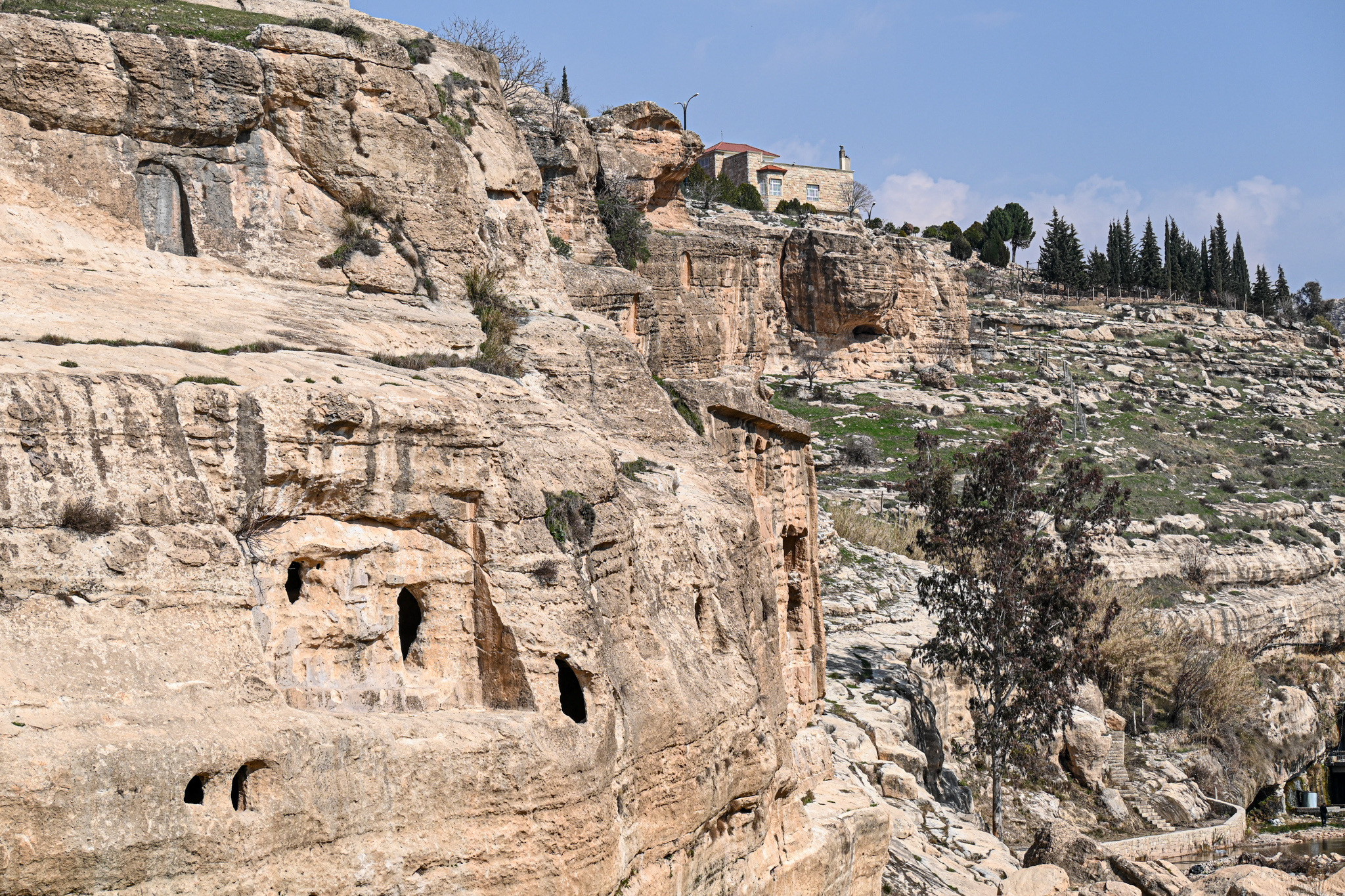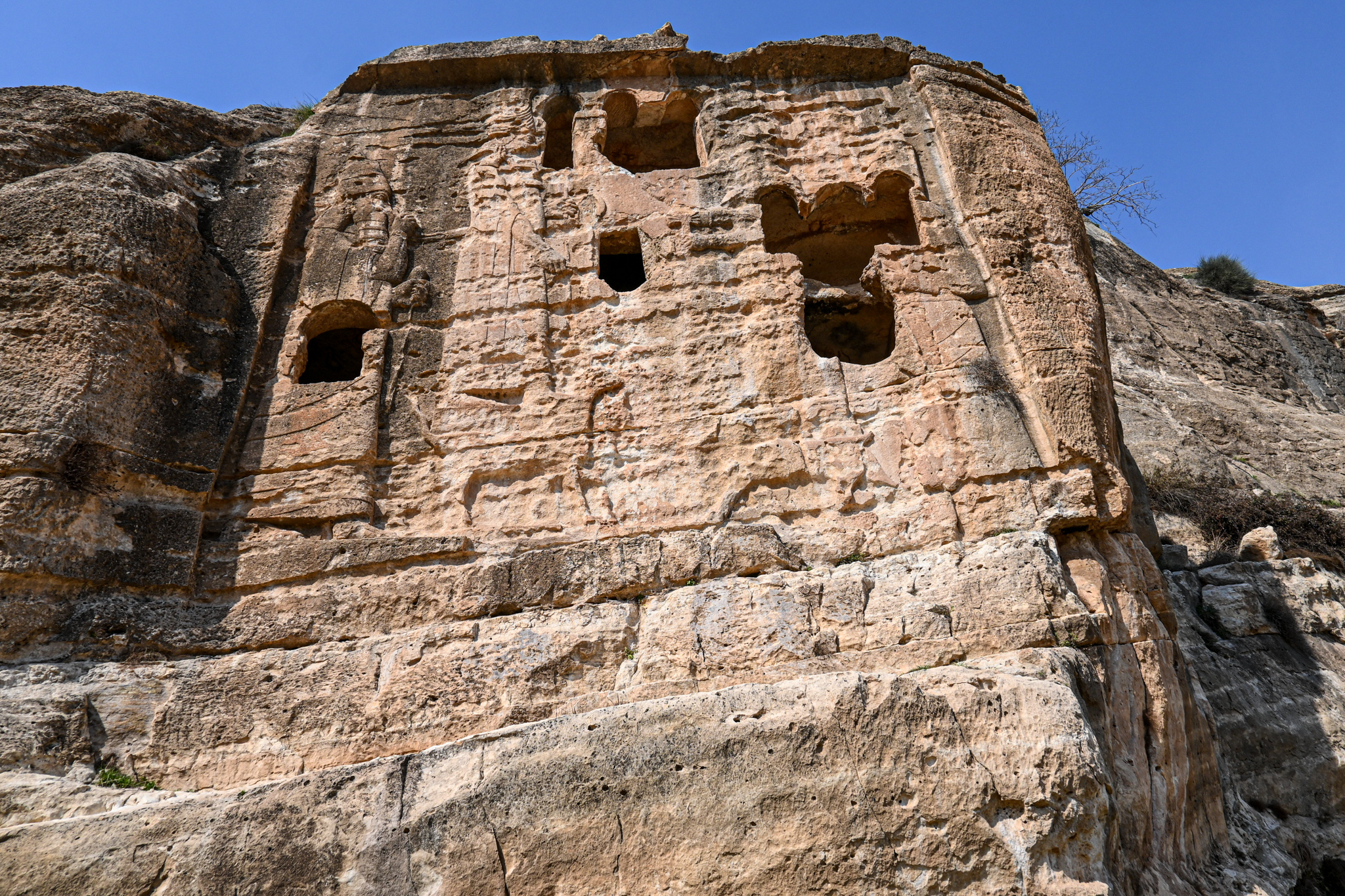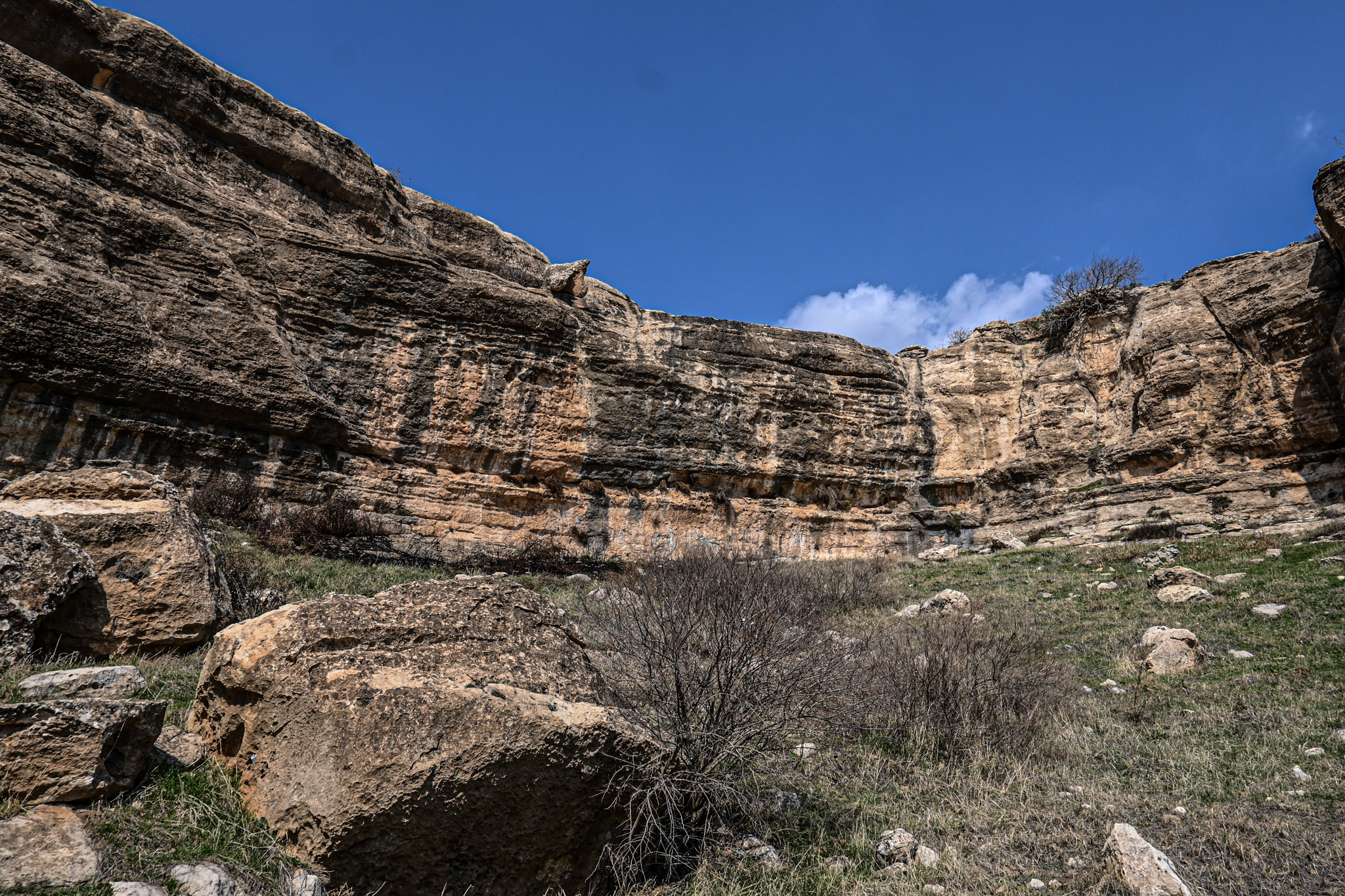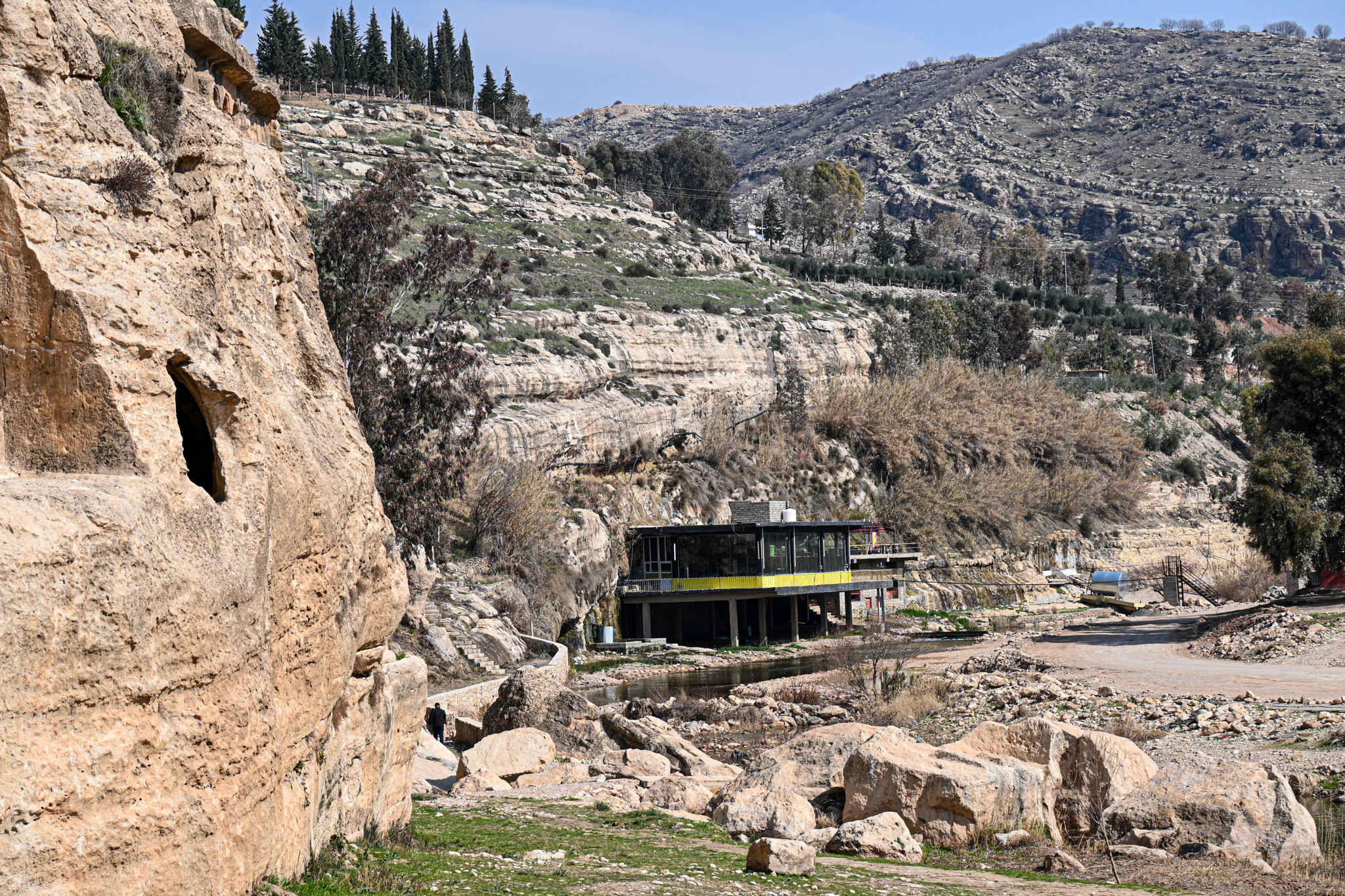Communities come together to preserve their heritage by reviving an Assyrian archaeological site.
Reviving Khinnis, Preserving Heritage
September 3, 2022

The Khinnis Reliefs archaeological site built around 700 B.C
Drive about fourteen kilometres northeast of Sheikhan district in Duhok Governorate within the Kurdistan Region of Iraq, and you will come across the quaint river, Gomel Su. Keep driving along the river, and you will be welcomed by the Khinnis Reliefs, an Assyrian archaeological site built around 700 B.C. Locally also known as Bavian, you will immediately spot its rock reliefs.
The rock reliefs and tombs are considered the most delicate ancient rock carvings in the region. The site has attracted tourists and history buffs from across the region for a long time. They would flock to see the Winged Bull, Sennacherib paintings, cuneiform writings, and the tunnels. However, years of conflict and instability had negatively impacted tourism.

The Khinnis Reliefs archaeological site was rehabilitated. Photo: UNDP Iraq
“The iconic and ancient site is a part of our rich past. We need to work together to bring back tourism and share our history with people,” says Sardar Sheikh Yahya, Mayor of Sheikhan district.
To help revive its tourism, UNDP, in partnership with ACTED, supported local communities to rehabilitate the site’s facilities. Through a cash-for-work model, 135 people displaced by the ISIL conflict living within the Sheikhan district were employed for 40 days. The work included clearing the debris site, trimming trees, cleaning the tunnel waterways, fitting solar-powered lights, and installing benches.

The Khinnis Reliefs archaeological site was rehabilitated.
This initiative not just restored the site but also helped boost household incomes. “This opportunity provided emergency income to the people of Sheikhan district, especially to the Yazidis living in the nearby internally displaced camp,” adds Mayor Sardar Sheikh Yahya.
“More than anything, it gave us a sense of community and togetherness. People from different walks of life worked together to make this happen,” says 27-year-old Diyar Rashid Hassan, one of the cash-for-work participants.

The Khinnis Reliefs archaeological site was rehabilitated. Photo: UNDP Iraq
Diyar heard about the cash-for-work opportunity via an online advertisement. “I was given the responsibility to supervise the others. In such a short period, I was able to pick up some good managerial skills,” says Diyar. He was displaced with his family during the ISIL conflict. Recently, he completed his bachelor’s in business administration and is looking to start a business.
Today, with over 150 tourists visiting the site every week, the site has become a symbol of hope and cooperation.
Watch more:
The project is implemented through UNDP’s Iraq Crisis Response and Resilience Programme, in partnership with ACTED, with funding from the Federal Republic of Germany, provided through KFW Development Bank.

 Locations
Locations